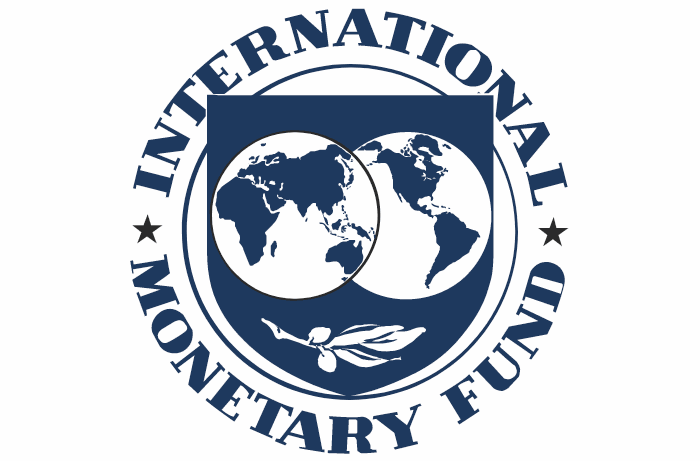According to a staff climate paper published by the International Monetary Fund (IMF), catastrophe bonds are one of “the most prominent innovations in the field of sustainable finance in the last 15 years,” but the organisation believes more use of them is needed to cover burgeoning catastrophe and climate risks.
 Catastrophe bonds sit alongside green bonds as the most prominent innovations in sustainable finance, according to the IMF staff paper.
Catastrophe bonds sit alongside green bonds as the most prominent innovations in sustainable finance, according to the IMF staff paper.
However, the paper which is focused on sovereign issuance and use of climate debt instruments, concludes that issuance of cat bonds by sovereign actors is a relatively recent occurrence and could be more widespread.
“The issuance of these instruments could provide a wider source of stable financing with more favorable market access conditions, mitigate the stress of climate risks on public finances, and facilitate the transition to greener low- carbon economies,” the paper suggests.
Further explaining that, “Emerging market and developing economies stand to benefit the most from these financial innovations.”
Issuance is still too “shallow” the authors suggest, with work to do on embedding these instruments into sovereign debt issuance cycles.
“While green and catastrophe bonds have gained significant popularity, their markets remain fairly shallow at the sovereign level,” they wrote.
“A few countries have insured themselves against natural disasters, and even large catastrophe bonds only cover a small portion of the total possible damage,” they explain.
“Catastrophe bonds provide effective insurance against natural disasters and can be considered adaptation policies for the countries with exposure to climate change risks,” the IMF staff note says.
But there are “significant barriers to the scale up of the catastrophe bond market,” they suggest, which has been holding back its use by sovereigns as well.
Among these they cite, “High transaction costs, the requirement of complicated underlying catastrophe models, and a narrow investor base (which could in turn be a consequence of the previous two factors),” as impediments to sovereign catastrophe bond market growth and expansion.
Using Artemis data, the authors explain in the paper that catastrophe bond issuance by the public sector is increasing over time.
They question the costs of catastrophe bonds and whether the spreads are expensive or not, but conclude that, “for countries with large opportunity costs, self-insurance can be more expensive than catastrophe bonds.”
One interesting angle the authors take, is that, “Broadening the investor base to the public sector can help correct the market failure of climate change and improve crisis management.”
Adding that, “By investing in catastrophe bonds, governments can show commitment by putting their “skin in the game” while earning a positive return on average.”
Also pointing out that cat bonds could play a positive role in disaster aid and relief, with implications for how sovereigns spend their budgets for this.
“Catastrophe bonds offer an ex ante mechanism for countries to pledge financial support for natural disasters and timely disburse funds in catastrophic events,” the authors state.
Importantly, the authors also discuss how resilience and planning for climate adaptation can also play into fiscal decisions over risk transfer options, such as cat bonds.
“Although fiscally constrained climate-vulnerable economies face the tradeoff between investing in resilience-enhancing adaptation and buying catastrophe bonds, one should note that the former could reduce the disaster risks, and thus the premium for the catastrophe bonds, and the latter could improve financial sustainability for the former. In this sense, green and catastrophe bonds can complement each other, and policymakers need to optimize their use,” they explain.
The IMF authors urge emerging and developing economies (EMDEs) to adopt these types of instruments, given their significant exposure to climate change.
“Catastrophe bonds could be critical for EMDEs which face the highest climate risks but still feature low adaptive capacities. Strengthening countries’ debt absorption capacity is an important necessary condition to leap the gains from these financial instruments given the large climate finance needs. Overall, the issuance of green bonds seems to be a potentially useful resource for EMDEs at high risk of climate change that need to undertake large green mitigation projects (which may be the reason behind the larger greenium for these countries), while catastrophe bonds seem more appropriate for countries which are already exposed to natural disasters or those in which climate change is expected to increase the likelihood and severity of these events (such as small islands),” the authors conclude.
It’s a useful paper and highlights some challenges that sovereign governments have with embracing catastrophe bonds, but importantly also notes how they can play a really important role for those facing climate disasters, and how they can be utilised alongside other green bond financing initiatives to help boost resilience and the ability to recover from natural events.
It will be interesting to see whether organisations like the IMF, alongside the World Bank and other actors, can help governments to tailor their financing to include elements of catastrophe bonds alongside other green bonding initiatives.
In time, it seems integrating disaster risk financing alongside other initiatives to finance climate adaptation may be key, in helping governments understand and access the capital sources they need to cope with the potential for rising climate disaster severity and frequency.
 View all of our Artemis Live video interviews and subscribe to our podcast.
View all of our Artemis Live video interviews and subscribe to our podcast.
All of our Artemis Live insurance-linked securities (ILS), catastrophe bonds and reinsurance video content and video interviews can be accessed online.
Our Artemis Live podcast can be subscribed to using the typical podcast services providers, including Apple, Google, Spotify and more.































